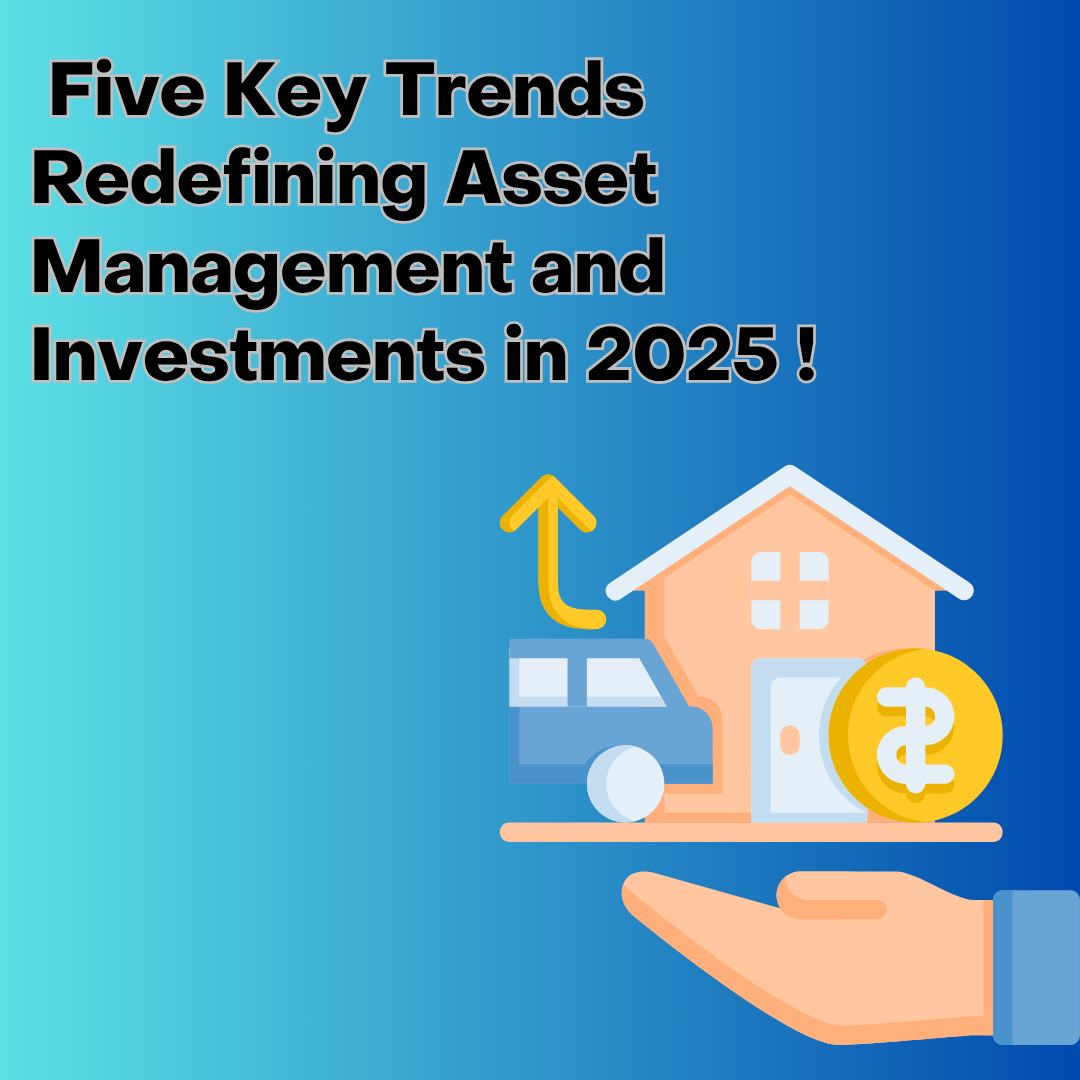- SENSEX 83442.5 9.61 (0.01%)
- NIFTY 50 25461.3 0.3 (0%)
- GOLD 96658 -332 (-0.34%)
- SILVER 107400 -1029 (-0.96%)
- NASDAQ 20601.1 207.97 (1.01%)
- FTSE 8784.27 66.3 (0.75%)
- Nikkei 37724.11 192.58 (0.51%)
- Crude 5781 22 (0.38%)
- USD/INR 85.885 -0.01 (-0.01%)
- EURO 100.7552 0.05 (0.05%)
- POUND 117.0118 0.06 (0.05%)
- SENSEX 83442.5 9.61 (0.01%)
- NIFTY 50 25461.3 0.3 (0%)
- GOLD 96658 -332 (-0.34%)
- SILVER 107400 -1029 (-0.96%)
- NASDAQ 20601.1 207.97 (1.01%)
- FTSE 8784.27 66.3 (0.75%)
- Nikkei 37724.11 192.58 (0.51%)
- Crude 5781 22 (0.38%)
- USD/INR 85.885 -0.01 (-0.01%)
- EURO 100.7552 0.05 (0.05%)
- POUND 117.0118 0.06 (0.05%)

When it comes to building wealth, investing is only half the job — maintaining balance is the other half.
Over time, markets shift. Your equity exposure may grow too large during a bull run or your debt portion may shrink during a downturn. That’s where portfolio rebalancing comes in — a critical but often ignored part of smart investing.
Here’s a clear and actionable guide on how to rebalance your portfolio effectively and why it matters.
What Is Portfolio Rebalancing?
Portfolio rebalancing means adjusting the proportions of different asset classes in your investment portfolio to realign with your original or updated risk profile and goals.
Let’s say your target allocation is:
-
60% Equity
-
30% Debt
-
10% Gold
But due to a market rally, your equity exposure shoots up to 75%. You are now taking more risk than intended. Rebalancing brings it back to your original safe zone — protecting you from unnecessary volatility.
Why Is Rebalancing Important?
-
Reduces Unwanted Risk
-
Maintains Consistency with Goals
-
Locks in Gains from Overperforming Assets
-
Disciplines Emotion-Based Investing
-
Improves Long-Term Returns with Lower Stress
When Should You Rebalance?
-
There’s no fixed rule, but here are three common strategies:
-
Time-Based Rebalancing
-
Rebalance every 6 or 12 months — simple and easy to follow.
Threshold-Based Rebalancing
-
Rebalance only when an asset class deviates by more than, say, 5–10% from its target allocation.
Hybrid Approach
-
Review your portfolio quarterly, but only rebalance if a threshold is crossed.
-
Pro Tip: Avoid rebalancing too frequently — it can lead to higher taxes and transaction costs.
How to Rebalance Your Portfolio – Step-by-Step
Step 1: Review Your Current Asset Allocation
Check how your investments are currently spread across asset classes like:
-
Equity (stocks, mutual funds)
-
Debt (bonds, PPF, FDs)
-
Gold, REITs, etc.
Step 2: Compare With Your Target Allocation
Identify the gaps — which asset class is overweight or underweight?
Step 3: Sell Overweight Assets
Sell some portion of overperforming assets (e.g., equity) that have gone beyond the target %.
Step 4: Buy Underweight Assets
Use the money to invest in underperforming/underweight assets (e.g., debt or gold) to restore balance.
Step 5: Repeat Annually
Set a calendar reminder or talk to your financial advisor once a year to revisit your portfolio.
Tools to Help You Rebalance
-
Excel/Google Sheets
-
Portfolio trackers like Groww, Kuvera, or Zerodha Coin
-
Financial advisors or wealth managers
-
Robo-advisory platforms with auto-rebalancing features
Common Mistakes to Avoid
-
Ignoring tax implications while rebalancing
-
Overreacting to short-term market movements
-
Rebalancing too often or too infrequently
-
Failing to update your target allocation as goals change
Final Thought: Balance Is the Key to Long-Term Wealth
Rebalancing is not about timing the market — it’s about staying disciplined and aligned with your goals.
The market will always move. Your job is to stay on course.
Want help rebalancing your portfolio? Don’t DIY your future — talk to the experts.
📞 Rebalance with BlissMoney Fintech
Our expert advisors at Blissmoney help you create a personalized, goal-based investment strategy with periodic portfolio reviews and intelligent rebalancing.
🔐 Secure your future. Stay balanced. Invest smarter.
📲 Book your free consultation today!























